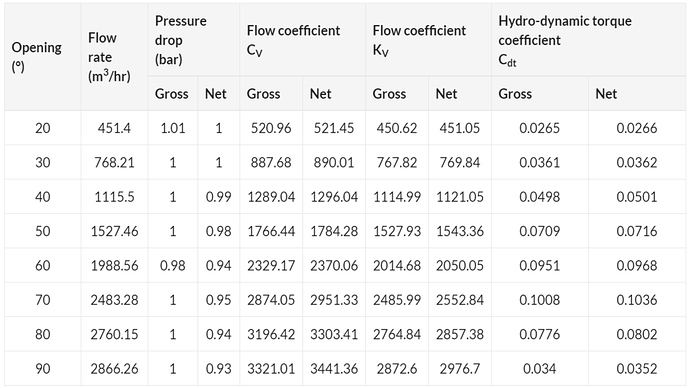Pune, India - The simulationHub team announced the launch of a new feature to calculate Gross Cv and Net Cv in their Autonomous Valve CFD app for the valve industry. The Cv value is one of the essential selling points when it comes to any valve as it provides the end-user with an understanding of valve flow capacity.
Here is how this new feature helps the valve manufacturers to predict the performance flow coefficient as Gross or Net Values of their valve.
Flow performance coefficients (Cv, Kv) are determined based on the procedures prescribed by the IEC & ANSI standards. The Cv value is a function of both the line flow rate and the pressure drop across the valve. The location of the pressure measurement tappings is 2 times the pipe diameter on the upstream side and 6 times the pipe diameter on the downstream side.
This means that the resultant pressure drop is a combination of
-
Pressure due to valve
-
Pressure drop due to pipe

So, when the gross pressure drop is considered to calculate the Cv, it is called the Gross Cv. If only the pressure caused due to the valve is used, then it is called the Net Cv. In simple words, Net Cv is the flow capacity of the valve obtained by neglecting the pipe losses, which help the valve manufacturer and the end-user understand the valve flow characteristics better.
The users can get both Gross and Net Cv in the results section of the Autonomous Valve CFD app.
View in ProjectAbout Autonomous Valve CFD app
simulationHub’s Autonomous Valve CFD app is a cloud-based CFD app that solves all the complexity of the CFD by itself and helps the valve manufacturers to get the essential flow performance coefficients like Cv, Kv and Cdt along with insightful contour plots and flow line animations. The app also provides detailed CFD simulation reports compiled in pdf format. The simulationHub platform is powered by machine learning and optimization algorithms which makes the software accurate and fast.
Autonomous Valve CFD app offers a 15 days free trial period with 20 free simulation credits. Users can simulate 2 valve designs and generate their performance curves and data for free.
